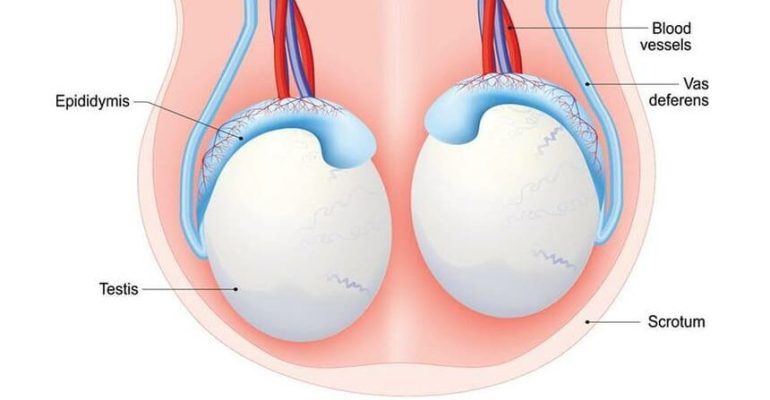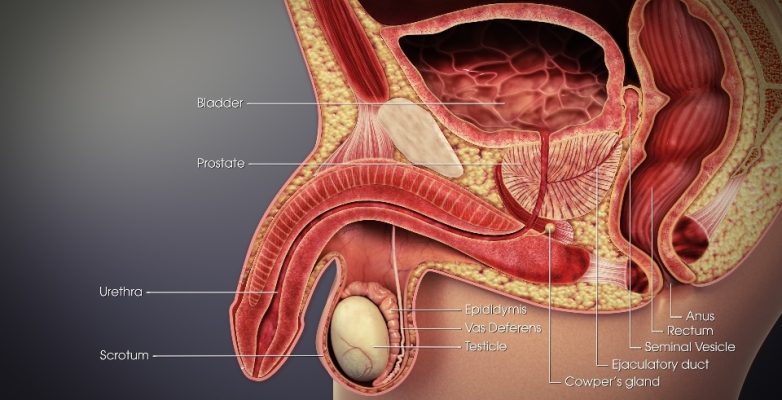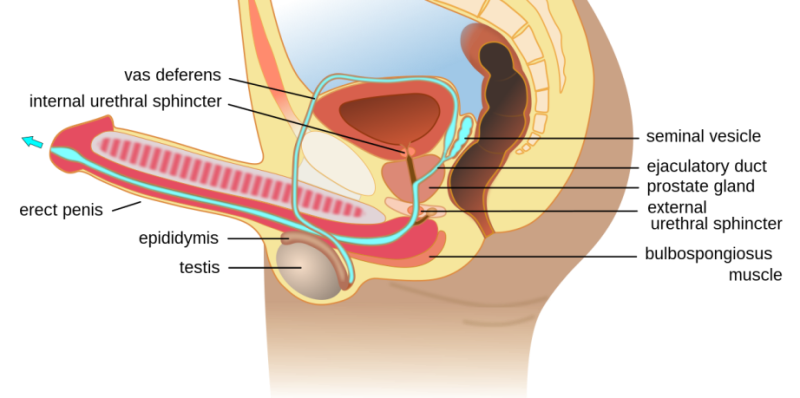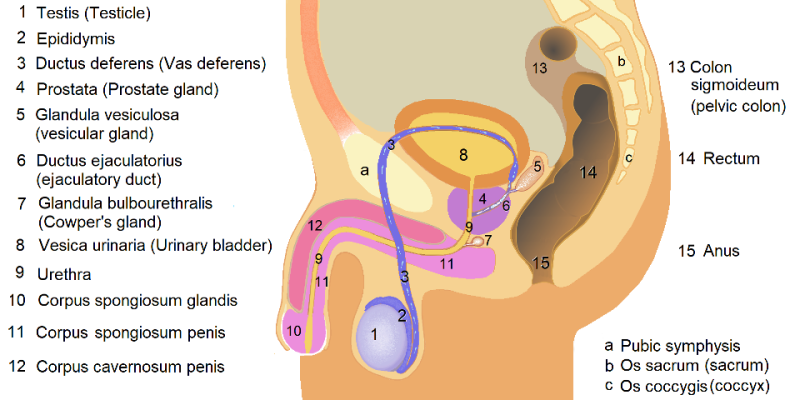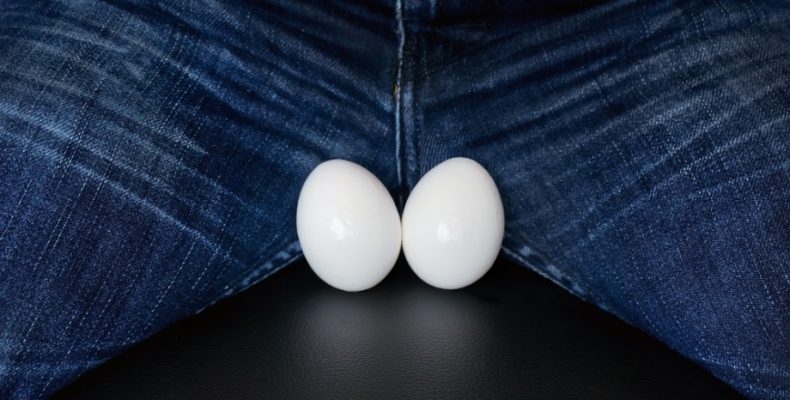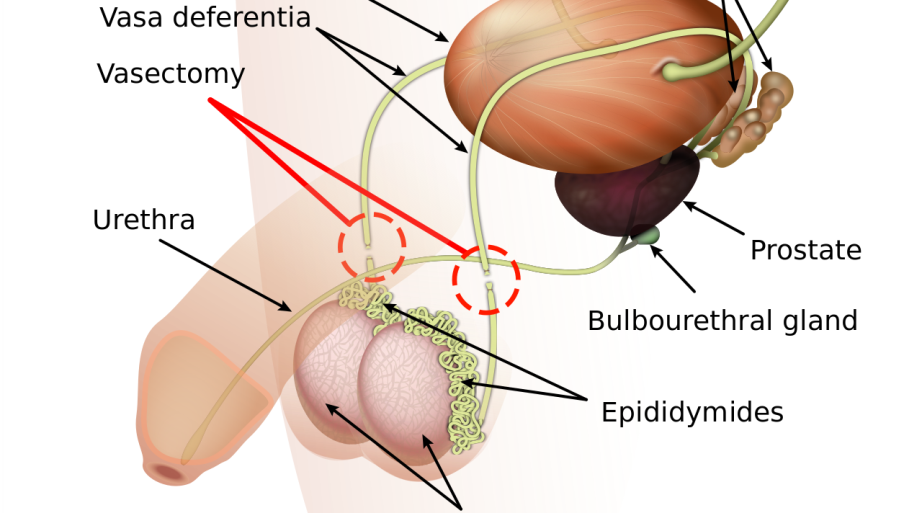
In this post, we take a look at what exactly vasectomy and vasectomy reversal entail.
Mind that apart from the description of these procedures further below, the lead image of this post displays a diagram that visually clarifies the operation.
Vasectomy
Now, a vasectomy — also called vasoligation — is used for male sterilization i.e for permanent male contraception.
It’s a short surgical procedure of about thirty minutes (with certain variations in its execution) in which the vasa deferentia tubes (plural of the singular form vas deferens) of the testicles are cut and tied or sealed to prevent sperm from going to the urethra (and finally to the penis), thereby preventing fertilization of a female through sexual intercourse.

In extremely exceptional cases one or both of the vasa deferentia may grow back forming a new tube, which would restore (unwanted) fertility.
Mind that sperm cells are still produced by the testes, but are internally absorbed by the body. In addition, semen is likewise still produced and is ejaculated during an external orgasm, but it has no sperm cells in it. The testes also continue to normally produce testosterone and other male hormones which are secreted into the bloodstream just as before the vasectomy.
Some men may experience what’s called Post-Vasectomy Pain Syndrome (PVPS), which is a chronic and sometimes intense genital pain that may develop immediately or several years after vasectomy. Typically, treatments consist of relieving the patient’s pain. If pain in the epididymis is the main symptom, PVPS is usually described as Congestive Epididymitis.
Vasectomy Reversal
Vasectomy reversal means the application of certain surgical procedures to reconnect the male reproductive tract after it was disconnected by a vasectomy.
The result is that sperm can flow again from the testes, via the vasa deferentia to the urethra to be ejaculated together with semen, which restores fertility
Nevertheless, the surgery is rather complicated and expensive, and moreover, it’s not always successful.










